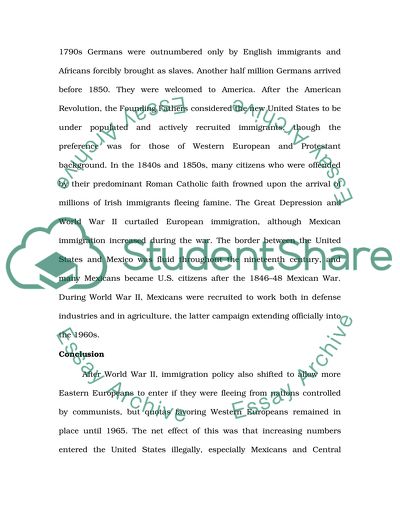Discuss the history of racial classification in the united States from Essay. Retrieved from https://studentshare.org/miscellaneous/1531237-discuss-the-history-of-racial-classification-in-the-united-states-from-the-first-us-census-to-the-present-day-relation-to-concepts-of-biological-race-and-the-social-construction-of-race-and-ethnicity-define-and-dicuss-the-concepts-of-race-ethinicity
Discuss the History of Racial Classification in the United States from Essay. https://studentshare.org/miscellaneous/1531237-discuss-the-history-of-racial-classification-in-the-united-states-from-the-first-us-census-to-the-present-day-relation-to-concepts-of-biological-race-and-the-social-construction-of-race-and-ethnicity-define-and-dicuss-the-concepts-of-race-ethinicity.


